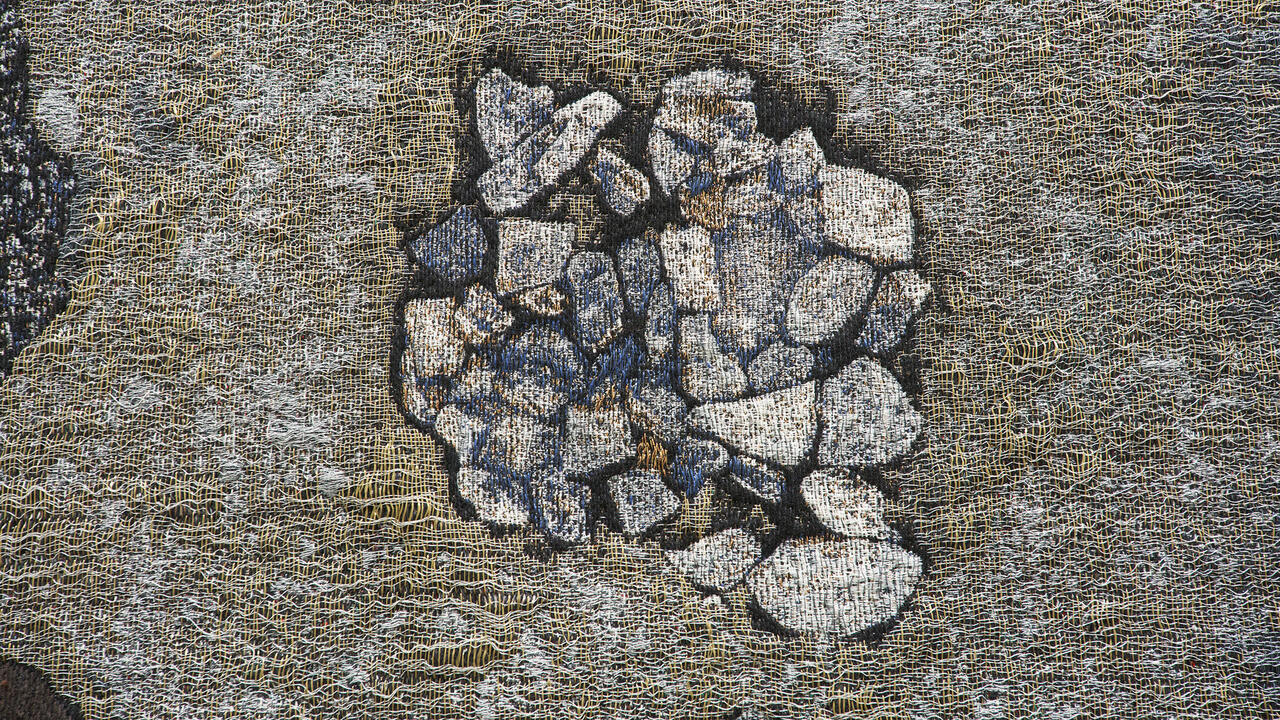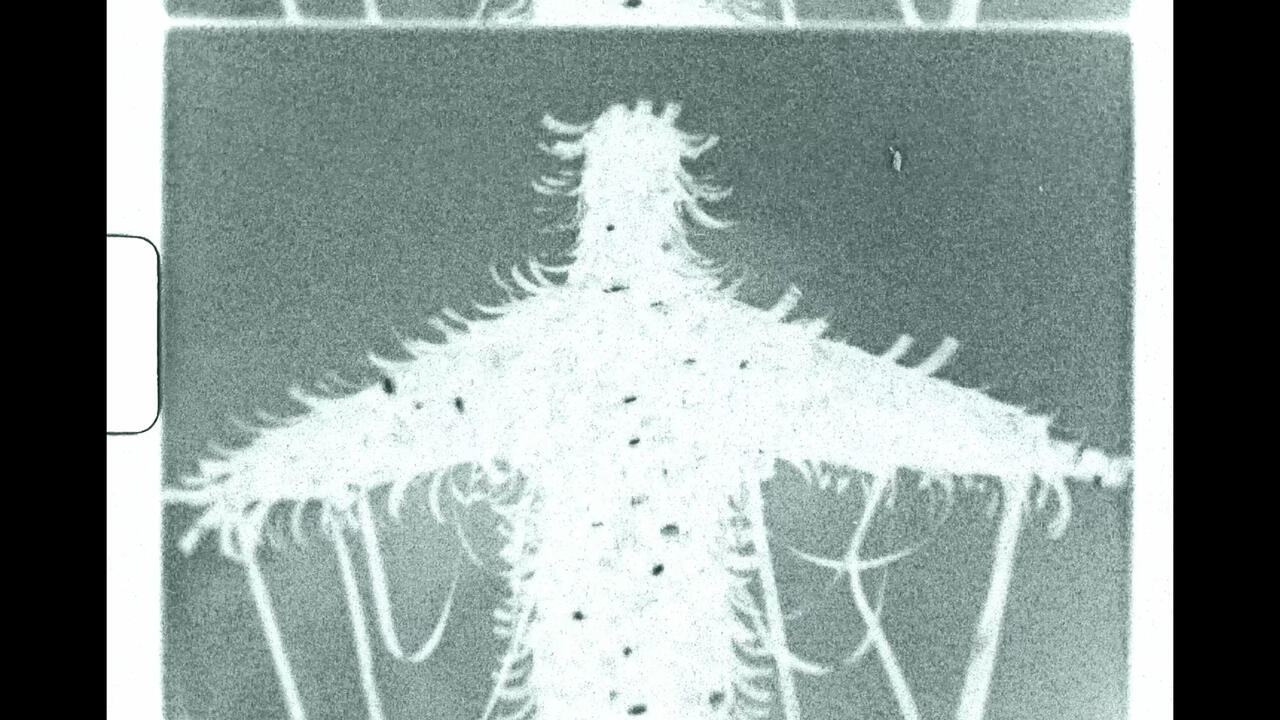Shows to See in the US This October
From Tetsuya Ishida’s disaffected oil paintings at Gagosian, New York, to Ato Ribeiro’s wooden weavings at Museum of Contemporary Art of Georgia, Atlanta
From Tetsuya Ishida’s disaffected oil paintings at Gagosian, New York, to Ato Ribeiro’s wooden weavings at Museum of Contemporary Art of Georgia, Atlanta

Tetsuya Ishida
Gagosian, New York
12 September – 21 October

Tetsuya Ishida was only 31 when he was struck and killed by a train in 2005. His youth, and in fact his entire artistic career, spanned Japan’s ‘Lost Decade’, defined by the sararīman, or salarymen, trapped in offices, and the hikikomori, or shut-ins, who avoided the white-collar slog by barricading themselves in their parents’ homes. Ishida was inspired by the left-wing painter Ben Shahn and other social realists to face his generation’s angst head on. The subject of an astonishing exhibition at Gagosian Gallery, New York, curated by Cecilia Alemani, his early paintings depict strange officescapes, Japanese working conditions laid out in dreamy tableaux that give shape to some latent social anxiety: a salaryman is delivered in a cardboard box while children watch his assembly (Recalled, 1998). Workers are fed their dinners via squirt gun (Refuel Meal, 1996) or squat over ATMs, wiping their asses with Yen (Untitled, 2001). In Cargo (1997), the employees slaving in cubicles are compressed into literal cubes, wrapped in intricately painted twine and attached with convenient handles, then packed, tetris-like, into the metro. – Will Fenstermaker
Sable Elyse Smith
Regen Projects, Los Angeles
9 September – 26 October

In the original version of the game knucklebones, or jacks, Ancient Greek children tossed a rock into the air and tried to pick up a set of scattered astragali – sheep’s ankle bones – before it fell. The modern iteration employs a set of six-pointed plastic jacks; two such objects appear in oversized, black-and-white form at Sable Elyse Smith’s recent exhibition, ‘FAIR GROUNDS’, at Regen Projects in Los Angeles. These twin sculptures, entitled BARRIER and BARRICADE (both works 2023), are formed from conjoined prison stools, revealing the specificity of jail-oriented design – they are backless to increase inmate visibility – and hinting at the sinister side of entertainment. Smith’s multimedia artworks transform the detritus of the carceral state into contemporary spectacle, exploring the ways the American legal system morphs oppression into arcade. – Claudia Ross
Njideka Akunyili Crosby
David Zwirner, New York
14 September – 28 October

Tree green pervades ‘Coming Back to See Through, Again’, Njideka Akunyili Crosby’s first solo exhibition at David Zwirner New York. The depicted plants – a new theme in the artist’s oeuvre – are culled from her extensive research into the vegetal life of Eastern Nigeria, where she is from, and Los Angeles, where she currently resides. Critics have often (and rightly) marvelled at the care and finesse with which Crosby assembles vast multiplicities of time and place into singular sites of visual contestation: her work harnesses photo transfer techniques to marshal images tied to Nigeria, the United States and elsewhere, sourced from magazines, books and family archives. – Zoë Hopkins
CONVERGE 45
Portland, Oregon
24 August – 31 December

How might the biennial complicate dominant ideas of global citizenship, which smuggle neoliberal Eurocentric viewpoints through purportedly benevolent acts in the name of some common, essentializing humanity? What does it mean to be a citizen in or of a world upended by climate crises, where personhood and rights of movement are entwined with legal status? Converge 45’s artistic director, Christian Viveros-Fauné, has long been thinking about the changemaking power of art: the exhibition’s main title, ‘Social Forms’, directly references his book Social Forms: A History of Political Art (2018). Speaking on the opening day of the biennial, Viveros-Fauné described citizenship as ‘a fundamental right – a “right to have rights”’, quoting former Supreme Court Chief Justice Earl Warren – who was himself channelling Hannah Arendt. Without citizenship, Viveros-Fauné went on, ‘the vulnerable, the poor, the refugee don’t stand a chance.’ There’s a lot of truth to this simple but powerful creed – not for nothing is Warren a giant of twentieth-century American liberalism – but there’s something narrowing about neglecting the strategies of stateless people who have survived without legal recognition, while the idealization of citizenship as an equalizing status can sometimes feel naive. – Claire Voon
Ato Ribeiro
Museum of Contemporary Art of Georgia, Atlanta
19 August – 14 October

Entering the gallery, I am greeted by the verso of an artwork: What a Preventer of Life-Loss 5 (2023) rests atop a pedestal, its thin extrusions of wood guiding me into the space. Comprised of painted ends and rough edges set at staggered lengths and covered in written marks, the sculpture divulges the history of the discarded scraps from which it is formed. Viewed from the front, these fragments all terminate on a single plane, revealing the complex patterning of this seemingly chaotic assemblage. By foregrounding this work, this exhibition establishes from the outset that material memory and thoughtful accumulation is of utmost importance to Ato Ribeiro. – Leia Genis
Main image: Tetsuya Ishida, Untitled, 1998, acrylic on canvas, in 2 parts, 146 × 206 cm. Courtesy: © Tetsuya Ishida Estate, Kyuryudo Art Publishing and Gagosian, New York





















